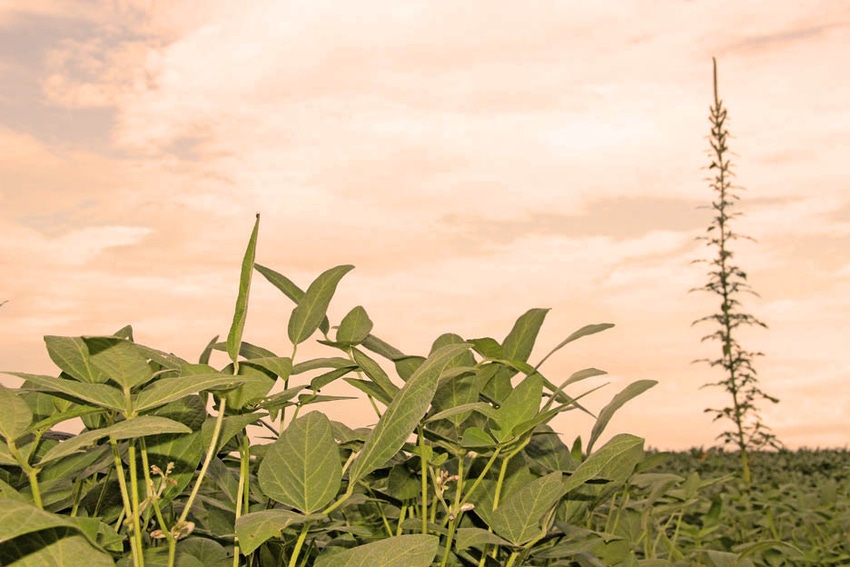March 7, 2013

According to a second herbicide resistance poll conducted by Ipsos Reid on behalf of BASF Canada Inc. (BASF), more Canadian farmers (63 per cent, up seven points from last poll) believe weeds in their fields are getting tougher to control and more (43 per cent up six points) suspect they have weeds resistant to herbicides.
The most recent telephone poll includes a sample of 500 farmers in Western and Eastern Canada with minimum acre thresholds. The first poll was conducted in March 2012.
"The needle is moving," says Joel Johnson, BASF brand manager for Western Herbicides. "Resistance is an issue and it is not going away. More and more growers are becoming aware and their perceptions are changing."
More interestingly, fewer growers indicate using multiple modes of action to combat the problem. Fewer Canadian growers (67 per cent, down 10 points) "strongly agree" that they use herbicides from more than one group to manage their weeds. But more (47 per cent, up seven points) agree glyphosate alone is no longer effective at controlling weeds.
Glyphosate resistance has been most prevalent with the discovery of glyphosate-resistant kochia in the Prairies, and Canada fleabane and giant and common ragweed in Ontario. However, resistant weeds have been a nuisance to control throughout Canada for decades, and continue to rob farmers of yield.
"Rotate your crops and your herbicide chemistry groups, use herbicides with multiple modes of action and use full label use rates whenever possible," says Johnson. "It is not too late to address resistance with sustainable Canadian farm best practices and innovative BASF chemistry solutions."
Between 2010 and 2015, the BASF innovation pipeline will introduce eight new active ingredients and 25 new products to aid in the fight against tough weeds. Currently, BASF has more than 10 modes of action in its Eastern Canada portfolio and seven different modes of action with 14 active ingredients in Western Canada.
Full tabular results of both polls are available at www.ipsos.ca. For more information on BASF crop protection products in Canada, visit www.agsolutions.ca.
About the Author(s)
You May Also Like




